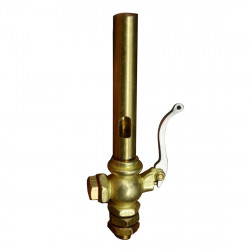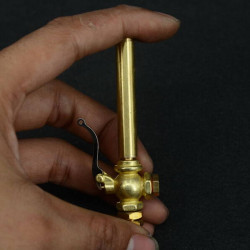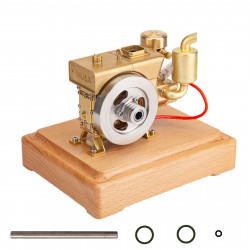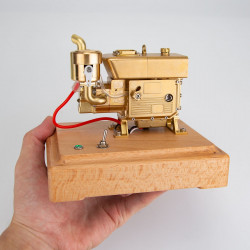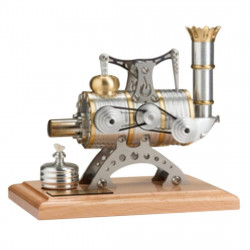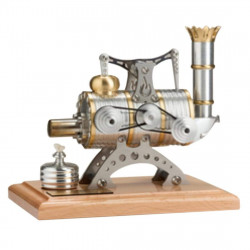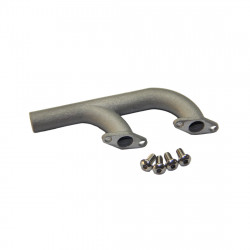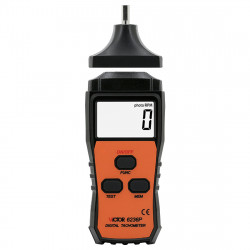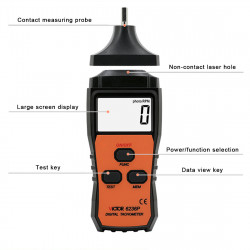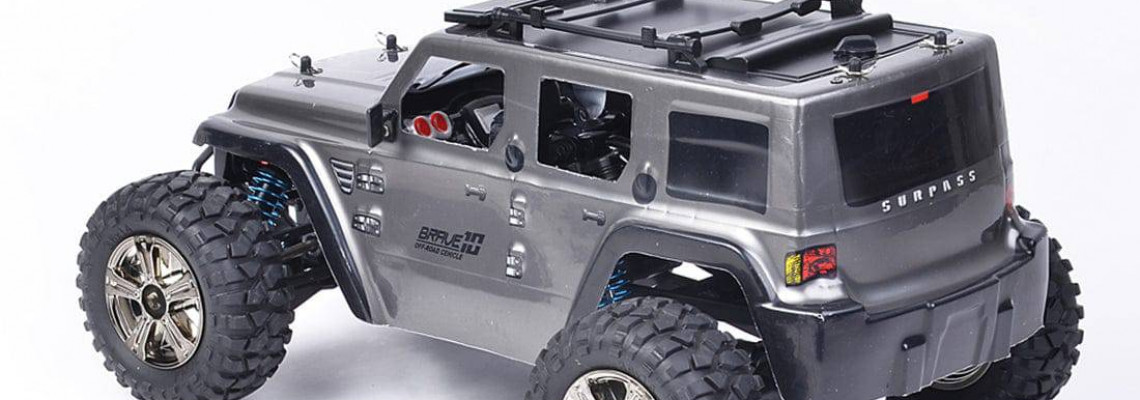
We're track-testing long-wear tires!
To burn some rubber, we completed laps on the dirt track. In particular, long-lasting rubber compound tires for off-road competition. These tires can tolerate higher temperatures and are made to live longer in specific track conditions, but can they? We put them to the test. What is their durability? Let's investigate.
What are long-wear tires?
For those who are unfamiliar with long-wear tires, they are simply rubber tires with a typical appearance composed of a unique rubber compound intended to withstand heat better and still offer sufficient traction on the ground.
Why use Long Wear R/C Tires?
Not every application calls for long-wear chemicals. They are designed to be utilized in challenging situations, such as when the track is dry, rough, and scorching. These variables affect a tire's longevity and capacity to maintain shape and form.
If the tire gets too soft and heat-washed, it will fold over on itself. Consequently, the car will feel squirmy on the track, and your performance will suffer. Rather, when utilized in those severe settings, long-wear tires have better wear characteristics and tend to keep their shape better.
Make sure you are getting the right tires.
Always refer to the tire charts. The JConcepts chart displays a few extended wear compounds, and the Aqua2 is ideal for our track because it can be used in dry grooves. For some of their tread designs, the long wear is replaced by the Aqua2 compound.
A second yellow dot on the AKA tire chart indicates long-wear tires. Pro-Line's S2, S3, and S4 compounds are their long-wearing tires.
It's time to track and test these tires.
For testing, we utilized our Silver Dollar R/C Raceway. We've paused and allowed the track to dry off, even though it's usually lovely and watered. The surface is hard, packed, fractured, and dried up in this condition. With some fluff on the margins, its high-traction racing line is largely tidy. But the surface would eat our tires like breakfast if we continued in this line.
To evaluate our tires, we see a lot of traction.
What tires did we use in this comparison?
Our initial test used JConcepts 1/8 scale blockers in a typical Blue composition. The second set is the JConcepts Aqua2 compound, the long wear for this tread design.
We matched these tires with the JConcepts 83m Bullet wheels since they must be mounted and bonded. We made two vent holes in the rubber, removed the mold release, applied adhesive, removed any excess, and then put tire bands on, in case you were wondering how we did it.
We weighed each of our assembled tires.
Additionally, I discovered something intriguing: both tire sets use identical wheels, inserts, glue, and glue quantity.
However, the long-wear tires weighed two grams less than the blue compound on average.
Our first run...
We started by driving the blue compound blocker tires with a 10-minute time limit in mind. Our tires were around 98°, the track surface was 138°, and the outside temperature was 100°. After our run, we entice them once more.
Regretfully, the car only allowed us to travel for approximately 8 minutes and 47 seconds before thermally shutting down. To tempt the tires, we pulled it in. They had considerable wear on the front and rear tires and were around 132°. However, the fronts were worse; in some places, whole lugs were gone.
Our second run...
After allowing the vehicle to cool, we tried again after applying the long-wearing substance Aqua2 Blockers. Even though it was one degree hotter outdoors (101°), our tires were only 91° heated before we drove. We attempted a 10-minute run once more, but after 8 minutes and 40 seconds, we started.
How hot were the tires with a lot of wear? They were, in fact, seven degrees colder than the blue compound tires, or around 125°.
How did they hold up?
The long-wearing Aqua2 tire is on the right, and the blue compound is on the left. Although the front long-wear tires are more worn than the rear, they are still not as bad as the blue compound tires, so they should last longer. Additionally, the long-wear tires were a little simpler to drive on this specific track.
The Aqua2 tires faired better than the Blue compound.
The blue compound tire has more wear running down the middle. Even wear is visible on the bars beneath the Aqua2 tire's center lugs.
Despite having almost the exact driving time, the blue tires' inside-edge lugs are significantly more worn than the Aqua2 tires.
Was there a clear winner?
Did one tire move more quickly than the other? As it happens, the answer is yes.
We can see our practice lap times with LiveRC. First, the Blue compound was consistent at 83.7%. 28.6 seconds was the fastest time for a valid lap that didn't involve cutting the track or jumping over a pipe.
We see an 89% increase in consistency when using the Aqua2 long-wear tires. As anticipated, this run had a few hiccups, but most importantly, we had our quickest valid lap of 27, a whole second quicker than the Blue compound.
Summary
Are the long-wearing tires, therefore, worthwhile? Yes, without a doubt, provided that they are applied appropriately. The extended wear made it easier to drive in the conditions we encountered. They wore less clothing, stayed cooler, and were quicker on the track. We speculate that the long wearers have 20–40% longer tire life than the blue compound.
On an e-buggy, that is. Nitro buggies are often lighter and slightly kinder to tires. Therefore, extended wear performance and wear characteristics need to be considerably better when applied to nitro cars.
Long-wear tires are ideal for significant events, lengthy races, or club racing seasons if you wish to use a single set of tires.
